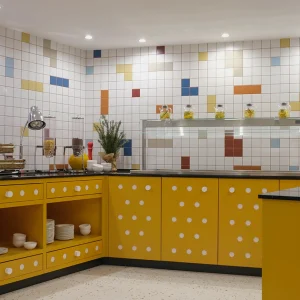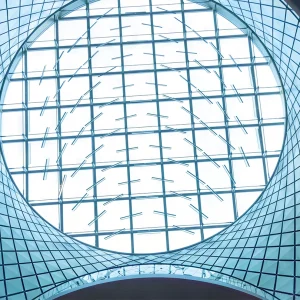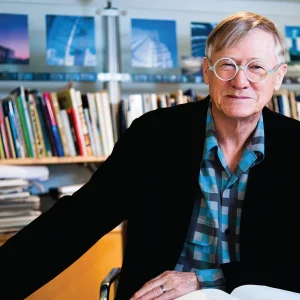
Who:
Founded in 2005 by Layton Reid, an architect, designer and academic, Desitecture is a research-based design studio whose work explores the effects of the ‘socio-political, economic and ephemeral factors on urban environments’. The design team is Layton Reid, Dan Evans, Affan Beg, Darren Farrell, Hearan Kim, Shane McRae, Adam Esposito, Lee Miles, Greg Epps, Louis Bibby, Mehmet Sisman, Simon To, Christopher Richard Hall and Leroy Kerry.
Why:
With its mission ‘to make the everyday extraordinary’, Desitecture has won considerable media attention internationally, yet is relatively unknown in the UK. The practice’s work revaluates the way we perceive the modern city and work includes proposals for floating bridges on the Straits of Gibraltar and a room in a bag. ‘Desitecture is here to ask real questions beyond convention,’ says Christopher Richard Hall.
Where:
desitecture.blogspot.co.uk
desitecture.co.uk
Designed for a Marcus Evans event called Vertical Cities, Air Hive is a concept for a residential and community development in the favelas of Rio de Janeiro. The building would sit on stilts above the existing favelas and would contain allotment and park areas, a hotel, shops, bars, restaurants, and facilities for health and education.
The project was shortlisted in the best experimental project category of the World Architecture Federation Awards 2012.
Cyclonic Urbis are ‘prototype mini-cities’. Their location allows them to harvest wind as a source of energy, and their climatic location allows the creation of micro climates, which in turn aid the production of sustainable resources, and bring the city centre to the edge.
The glazed ‘cliffs’ of the landscape support the clearly artificial landscape above, which is designed for pleasure and sustainable rotational land husbandry, providing crops and produce.
As a charity pro-bono project, Desitecture designed an Elementary School in The Gambia. The project was begun by Patrick Augustus, the musician, author and founder of Lewisham Way Black Fathers Support Group, which helped raise funds. The idea for the design came from Augustus seeing a boy in The Gambia unfolding a discarded empty cigarette box. The boy told him he needed paper to write on at school. The design of the building evokes the unfolded cigarette packet in its roofline.





